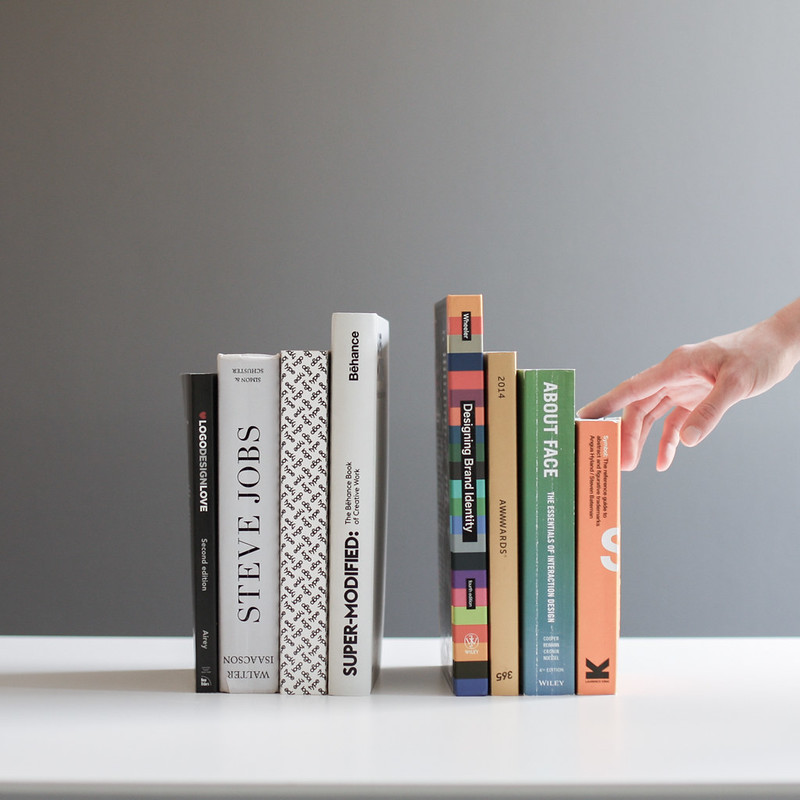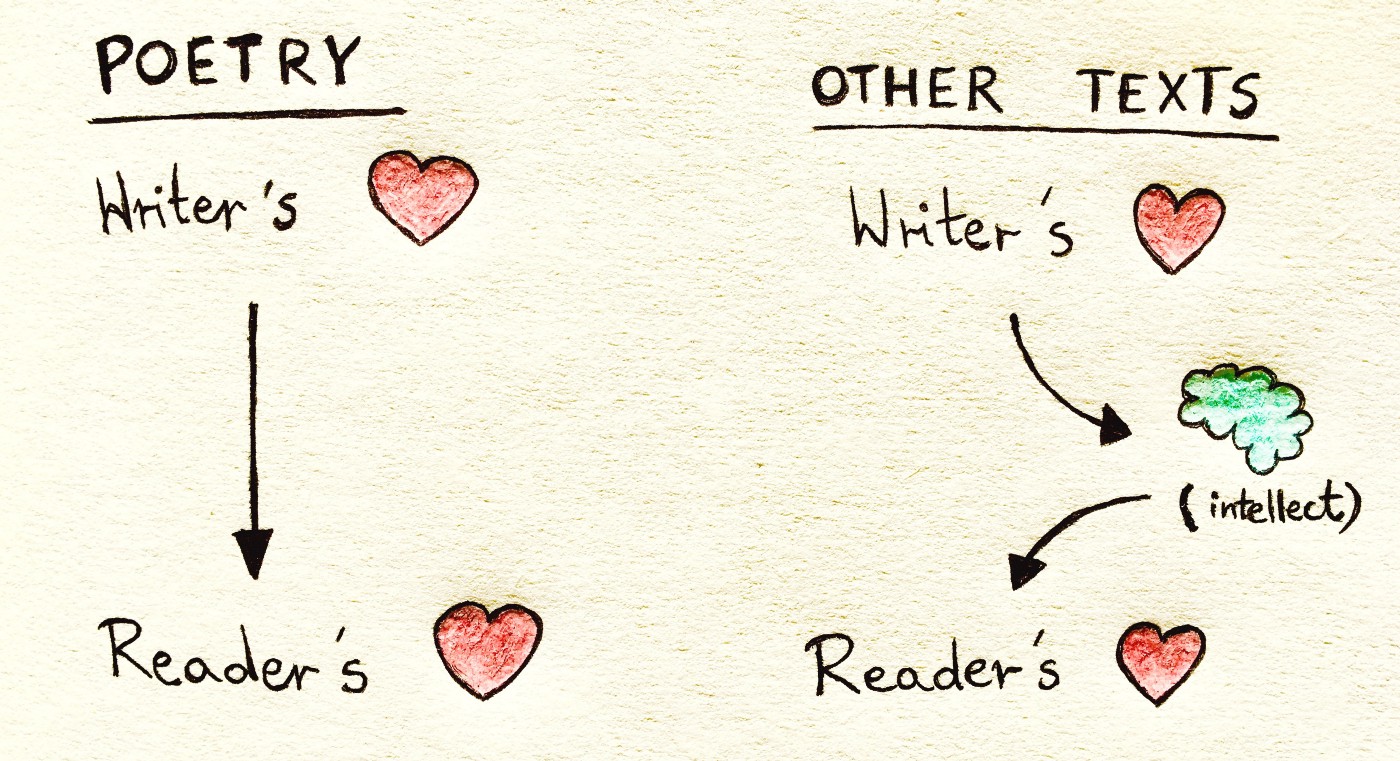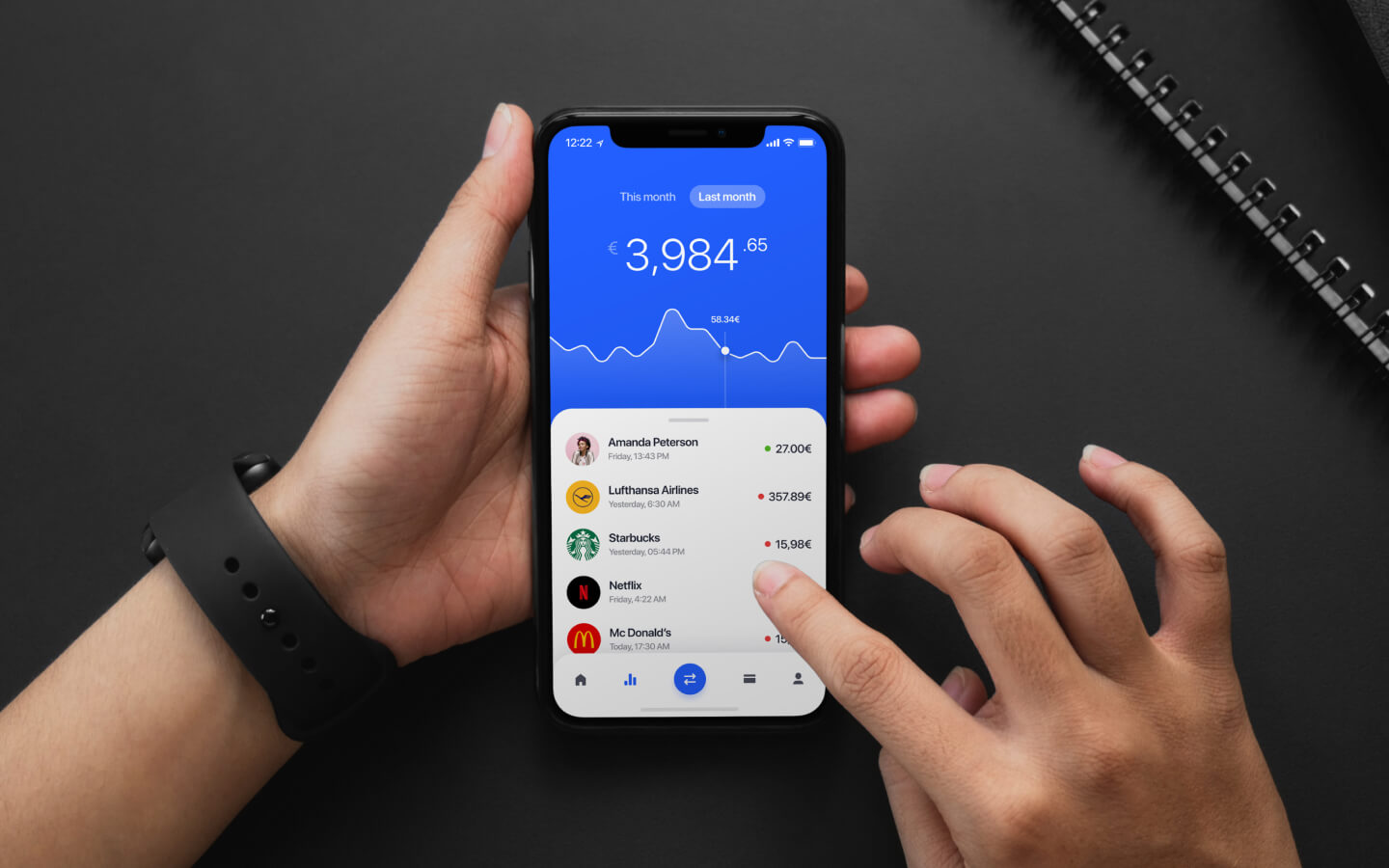Read about the best UX design trends for mobile apps in 2022.
How to become a UX writer for mobile apps
If you’re reading this I’d bet you’re a writer of some sort hoping to break into the IT world.
It just so happens I was as well.
You could be a blog writer, a copywriter, or simply a writing enthusiast who enjoys writing stories.
You could be someone with professional writing experience or someone with none.
That doesn’t matter. This blog can help you get hired as a UX writer either way.
We’ll go through important steps on your road to becoming a UX writer for mobile apps.
I’ll cover what you need to learn and what you need to do, while you’ll also receive great resources along the way.
Table of Contents
First understand the UX writing profession
UX writing is a relatively new profession, and there is a lot of confusion surrounding it. Even people in the industry misuse the term. Let’s clear it up.
UX writing is writing with the intention to make a digital product (an app or any software) easily usable and enjoyable. Ideally, a UX writer works with UX and UI designers on creating a full experience for the user.
The UX writer, as the name suggests, is responsible for all the words in the product. From error messages to helpful tips inside the app, UX writers work on making them understandable.

However, that’s not all a UX writer has to do. Other than going screen by screen and crafting text, they must also look at the textual content as a whole.
Taking the user flow into account for example is crucial for successful UX writing. How the app user gets from point A to point B in the app.
So what are the qualities a UX writer has to possess?
- Excellent writing skills
- Strategic thinking
- Empathy
- Research skills
- Strong grammar
Don’t worry, you can learn about research on the job, most entry-level positions for UX writers require you to only be a good writer. Getting extra knowledge before applying is always a good idea though.
Learn about information architecture
As previously mentioned, the UX writer doesn’t have the same responsibilities from company to company. You could only be responsible for the text in the app and nothing else.
More often though, you’ll have to look at the bigger picture of UX design and how content is organized within the app.
That’s where information architecture comes into play. It’s a discipline that focuses on structuring and organizing content on websites, mobile apps, or any other software.
Source: Applikeysolutions
The above picture shows you the information hierarchy in a mobile app. For example, the home screen of a banking app shows you the most important information such as:
- Bank balance
- Latest transactions
- Spending trends
Other screens which could be accessed through a dashboard, could lead the user to less important but still useful data.
Being able to create a coherent information hierarchy in the app will make your user’s life a lot easier.
It will also set you apart from other UX writers who think it’s all about writing.
Learn Microcopy
If information architecture is the macro of UX writing, Microcopy is well…the micro. It entails all of the small bits of text in apps used to clarify instructions or to be helpful in some other way.
Being a good UX writer without understanding microcopy would be like being a good carpenter without understanding properties of different types of wood.
Microcopy can be found on all screens of the app, such as:
Onboarding
One of the biggest reasons for low retention rates for apps is bad user onboarding.
Learning how to write microcopy will enable you to create a more intuitive onboarding experience for the user.
That will make you a valuable asset to any app development company.
Source: LinkedIn
From the image above we can see an example of effective onboarding. User pain points and needs are addressed, while only necessary information is presented.
Error messages
You can’t create a perfect app without bugs, or problems. Error messages are needed for these unfortunate occurrences. Writing a compassionate and useful error message is key to user satisfaction.
The image clearly shows the right and the wrong way of writing an error message.
The left one is full of jargon and doesn’t explain exactly what went wrong. It’s formal and cold.
The right error message is warm and explains what went wrong in simple, conversational language.
That’s what you should aim for.
Tooltips
Tooltips are mostly behind question mark icons or something similar. Their function is to offer further explanation to the user if it’s needed.
Writing them can be tricky though. They’re mostly limited to one short sentence which has to be packed with information.
Here’s an example of a good tooltip from google maps:
This tooltip suggests useful advice to the user based on empathy and user research. They obviously asked themselves: How can we make the user’s life easier?
Microcopy is the bread and butter of a UX writer, so learning about it is a must if you want to be successful in the field.
Create a portfolio
Before applying for a UX writing job, there’s one thing you need to do.
Create a portfolio.
Why?
Because there’s no better way to show your work to a potential employer. Yeah, a CV is nice if you have a lot of experience but it still doesn’t show your skills or whether you would be a good fit for that specific company.
Also, education is all well and good but what the employer wants to know is: Can you do the job or not? If you can, how well can you do it?
A portfolio answers that question very clearly.
How?
What if you have no experience in UX writing, how can you create a portfolio?
No one is stopping you from finding an app with real UX mistakes and thinking up ways to improve it. Write it down and explain the reasoning behind it.
- Find a problem
- Solve it
- Explain how you solved it and what the problem was
Let’s check out some of the best UX writing portfolios you should aspire to emulate.
A writer at Atlassian, Nathan Mudaliar is above everyone else in that regard. His website is designed beautifully, while it also offers different voice tones to show you his versatility when it comes to following brand voice guidelines.
Source: Cortex Copywriter
Even if the work he showcased in his portfolio was bad, which it isn’t, the website would still catch your attention.
A more traditional, yet still effective portfolio was made by Leonardo Raymundo. Looking at the structure of his case studies you can learn a lot about how to communicate your work process to the employer.
Currently working as a senior content designer at Meta, Nikki has also created an admirable portfolio to look up to.
She identifies the problem and the solution while explaining how she made it.
A UX writer’s portfolio is what separates them from the crowd. You can’t be lazy when it comes to that.
Network with other UX writers
Even if you were the most genius writer that ever walked this earth, other perspectives can open your eyes to new possibilities.
Other UX writers can point you to resources you don’t know about
Everyone knows something you don’t. You haven’t read everything there is to be read about UX writing. Someone else might have read a piece of information that would benefit you. Without talking to other UX writers you might never find out about many helpful resources.
They might have more experience than you and are willing to share
You can find many experts on the subject of UX writing. People who have years of experience in the field, with practical advice you can use to grow.
If you never attend events whether they are physical or virtual, you could be missing out on a lot.
Opportunities might open up for you simply because you are around UX writers
Just being around UX writers on social media is a sure way to find out about job opportunities.
A UX writing Facebook group with more than 20 thousand people in it is a good starting point if you’re looking to network.
If you’re on LinkedIn, a group for UX writers and content designers is also a treasure trove of possibilities.
Another thing to consider is that 85% of jobs are gained through networking. Can you really afford not to network?
Study apps with a critical eye
Before actually becoming a paid UX writer you should start thinking like one.
Most users simply use apps without thinking about their design or the words that guide them.
In fact, the best UX writing seems invisible.
You want to be a UX writer, though. You have to see the details and look into the parts that make an app intuitive or unintuitive.

Need help with UX writing? Talk to our experts →
We helped dozens of startups and established businesses with their UX writing. Let us help you as well.
Start noticing words in apps and if possible, try to think of ways to improve the writing within them.
Also, it would be good to try and reverse-engineer the user flow. That means deconstructing the app to see how it works.
Looking at all words in the app and analyzing them, while also thinking of better solutions is good practice for any UX writer.
From there you should try to understand the steps the app is taking to ensure the user has an enjoyable experience while using it.
Let’s look at an example of a user flow.
Source: LEANPLUM
As can be seen from the image, the home screen is the base from which the user can access all other screens.
You can dissect apps you use to get a better understanding of their design structure and to get context about the function of each screen. It can help you immensely on your road to becoming a UX writer.
Read
Another important step in order to become a great UX writer is definitely – reading.
A mind needs books like a sword needs a whetstone if it’s to keep its edge.
Tyrion Lannister told Jon Snow in the first season of the critically acclaimed TV series Game of Thrones.
That’s especially true if you’re aspiring to become a UX writer. You’re going to be working with words every single day. If you consistently read, your vocabulary will be made richer, while you’ll subconsciously learn new ways to use language.
Should you read just about anything? No. A book on squirrel anatomy isn’t exactly going to help you.
What should you read then? Fiction, poetry, and books on UX writing. Here’s why:
Fiction
User flow is a narrative. It’s a story about how the user (the protagonist) passes obstacles to achieve their goal.
Reading stories or even better dissecting them act by act, chapter by chapter, you can notice a steady progression within them. That isn’t by accident.
It’s a conscious effort on the part of the author.

Sometimes stories progress too slowly and the readers are left frustrated. Sometimes they progress too quickly and there’s no satisfaction because progress wasn’t earned.
As a UX writer, you don’t really have to worry about those sorts of problems. The story you’re aiming to create should be the most boring story you can imagine.
The protagonist gets everything done on the first try. There are no actual obstacles to overcome since everything is explained so well.
Where UX writing and stories meet is the need to create a steady, meaningful progression for the user/reader.
Poetry
One of the key UX writing principles is being concise. And no one can teach you concision better than poets.
Having to always look out for physical constraints, poets must ruthlessly cut out any unnecessary words. Same as the UX writer.
Picking words that rhyme while they also convey the intended meaning is difficult, to say the least.

Source: Marta Brzosko
That’s not even taking into account other stylistic choices that further limit the poet, such as alliteration (repeating consonants at the beginning of words for lyrical effect).
The UX writer needs to pick out the right words based on context, brand voice, user persona etc.
The UX writer is in a similar predicament as the poet which means they can learn a lot from poetry.
UX writing books
Finally, this doesn’t need much explanation. Reading work from people experienced in the UX field can provide you with incredible insight.
A book by Torrey Podmajersky, a UX expert is about strategic UX writing and how it improves important metrics such as user retention and engagement. It’s a must-read for an aspiring UX
writer.
Another great book, written by Kinneret Yifrah is all about microcopy. It’s a complete guide that covers subjects such as tone and voice, all the way to how to write a good error message.
Writing is designing, an interesting title for the third must-read book on the list written by Michael J. Metts and Andy Welfle.
It covers all things a UX writer must know, such as accessibility usability, and tone.
Reading is an activity all writers must find the time for. UX writers aren’t an exception.
Conclusion
That’s it!
As you can see, most of this advice has something to do with learning. Even if you are skilled with words, you’ll need to acquire knowledge about UX to properly use those skills.
Let’s summarize. On your way to becoming a UX writer you need to:
- Understand the UX writing profession
- Learn about information architecture
- Learn microcopy
- Create a portfolio
- Network with other UX writers
- Study apps with a critical eye
- Read
Sounds tough? It is. UX writing isn’t a skill you can learn overnight. Learning takes time and more importantly- practice.
You shouldn’t get discouraged, however. Our blog covers a wide variety of app development subjects, UX writing being one of them. Check us out!



